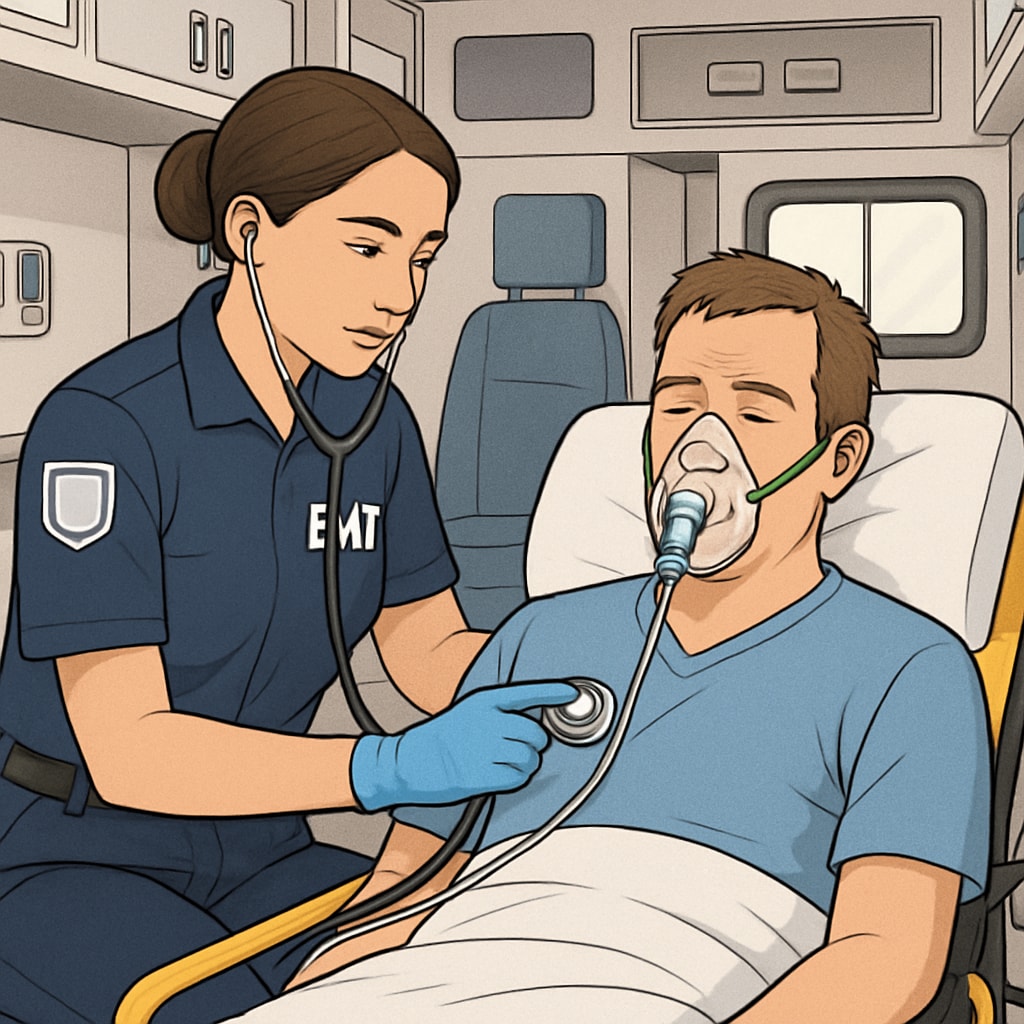For students dreaming of a career in nursing, the journey often begins at a community college. Transferring to a four-year university’s nursing program can be a pivotal step, but the process requires strategy and preparation. This comprehensive guide will cover everything you need to know about transferring from a community college, including school selection, application preparation, and how EMT experience can enhance your application.
Choosing the Right Four-Year Nursing Program
Selecting the right university is a critical step for community college students aiming to transfer into a nursing program. Factors such as program reputation, location, cost, and transfer acceptance rates should all be considered. Research schools that offer strong partnerships with community colleges through articulation agreements, which simplify credit transfers and ensure that your prior coursework aligns with the nursing curriculum.
Additionally, look at nursing programs that prioritize hands-on clinical training and have high NCLEX (National Council Licensure Examination) pass rates. Schools with robust clinical affiliations can provide invaluable real-world experience.

Building a Competitive Application
Transferring to a nursing program can be competitive, especially if your GPA is in the middle range. However, there are strategies to make your application stand out:
- Strong Personal Statement: Share your passion for nursing and highlight any challenges you’ve overcome, such as balancing work and studies.
- Relevant Work Experience: If you have EMT (Emergency Medical Technician) experience, emphasize how this has developed your patient care skills, teamwork, and ability to perform under pressure.
- Letters of Recommendation: Seek recommendations from professors, supervisors, or healthcare professionals familiar with your abilities.
- Prerequisite Coursework: Ensure you’ve completed required courses like anatomy, physiology, and microbiology with strong grades.
For additional tips and advice, explore resources such as Nursing on Britannica or the Nursing Education Wikipedia Page.
Using EMT Experience to Your Advantage
For students with EMT experience, this background can be a significant asset in your application. EMTs have direct patient care experience, often in high-stress situations, which demonstrates their ability to think critically and act decisively. Highlight specific examples of how your EMT role has prepared you for nursing, such as:
- Managing patient assessments and vital signs.
- Communicating effectively with patients and healthcare teams.
- Handling emergencies with professionalism and composure.
Admissions committees value applicants who bring practical, real-world experience to their programs, as it often translates to better performance in clinical settings.

Key Takeaways for Transfer Success
Here are a few final tips to ensure a smooth transfer process:
- Start Early: Begin researching universities and their nursing programs at least a year before you plan to transfer.
- Meet Deadlines: Stay organized and track application deadlines, including for financial aid and scholarships.
- Seek Guidance: Utilize academic advisors at your community college to navigate the transfer process.
- Stay Resilient: If rejections happen, consider applying to other schools or improving your application for the next cycle.
Transferring to a four-year university’s nursing program may feel challenging, but with careful planning, determination, and the right strategies, you can achieve your nursing career goals.
Readability guidance: Use short paragraphs and lists to summarize key points; keep passive voice minimal and sentences concise. Distribute transition words throughout the article to ensure smooth reading flow.


